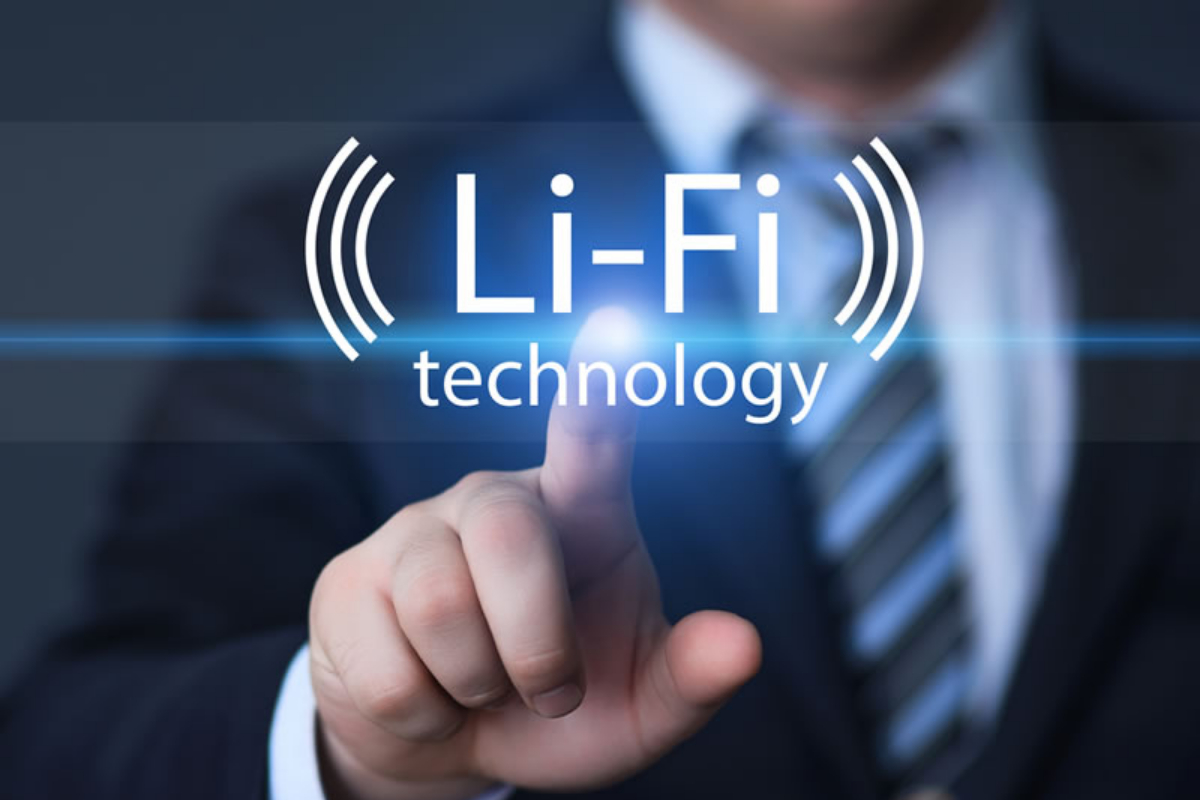Li-Fi, a wireless connectivity technology that employs light instead of radio waves, is emerging as a strong competitor to Wi-Fi. Recently, the IEEE standards body introduced the IEEE 802.11bb light communications standard to regulate Li-Fi, boasting speeds up to 100 times faster than Wi-Fi.
Li-Fi offers several advantages over its traditional counterpart. It experiences reduced interference, ensuring a more reliable connection.
Additionally, it provides higher security due to the limited range of light compared to radio waves.
Moreover, Li-Fi can be easily integrated into existing light fixtures, making it a convenient option for implementation.
[embedpost slug=”/connect-your-iphone-to-this-wifi-network-at-your-own-risk/”]
Leading companies such as Signify and pureLiFi have made notable advancements in the field.
Signify has developed data-beaming bulbs, while pureLiFi has introduced the Light Antenna One system, surpassing speeds of 1Gbps.
The Light Antenna One system holds the potential for widespread adoption of Li-Fi.
With download speeds potentially reaching up to 224Gbps, Li-Fi has the capacity to surpass Wi-Fi 7. As Li-Fi continues to progress, it has the power to revolutionize wireless connectivity as we know it.





















